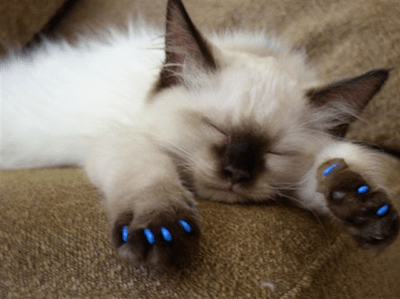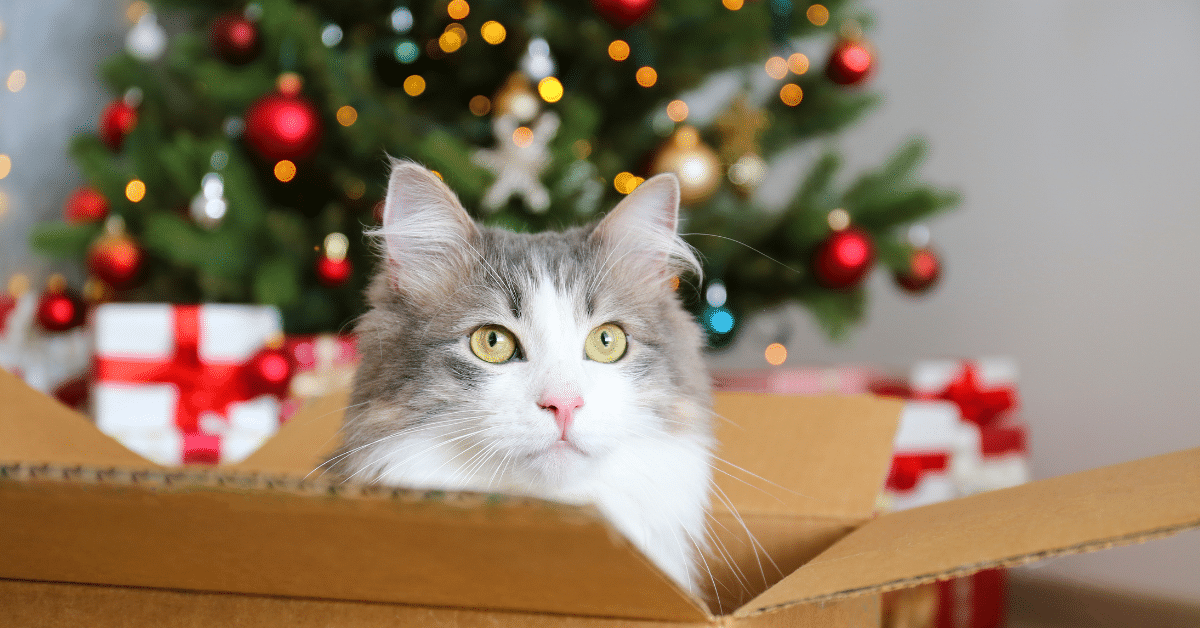The Truth Behind Declawing Your Cat
Should I declaw my cat? Many kitty cat lovers find themselves at this cross road. They are usually at a point of frustration. Maybe their cats are ripping at their furniture or curtains with their claws and they are looking to remedy the situation. Does this sound like you or someone you know? Yes, declawing your cat will prevent your cat from using his nails but, in doing so your cat will suffer the consequences of your decision. Do you even know what declawing really is?
The word “declawing “misguides the general public at large. This term leads one to think that a cat’s claws are being removed. Am I right? The medical term for declawing is “onychectomy.” Let’s break this word down: -echtomy means surgical removal and onych- means nail of the finger or toe. However, it is not only the nail that is being removed. This surgery involves the complete amputation of bone segments. In the book “Thinking of Declawing?: Reasons, Complications, Alternatives the author provides this statement that shows declawing for what it really is: “If you put your hands up in front of you and look at your first knuckle—where your nails begin—think of them chopped off. It is the amputation through that first knuckle”. How might losing the tips of your digits (fingers and toes) impact your life?
What happens after declawing? Although stoic in nature, a cat will show signs of pain, chronic and acute, post declawing. Pain resulting from amputation may be lifelong.
Pain may be exhibited in these ways:
- Change in gait
- Change in personality
- Change in posture
- Lifting paws up
- Fever
- Lack of appetite
- Avoiding the litterbox
- Licking
- Squinting eyes
- Pulled back whiskers
There are also lifetime behavior issues in regards to declawing or amputation. A cat needs his claws and without them, he will live a lifetime of stress and depression. This will manifest itself in many ways, most notably, aggression. A cat uses his nails as protection. They are his security blanket and more. He also uses his nails to stretch his muscles, make himself content, and to exercise. Cats that are declawed will use their teeth as protection because that is all they have left. He will bite and you will not be happy about it.
There are safe, easy and effective alternatives to declawing your cat. Cats can be trained to not scratch your furniture or curtains. By loudly telling your cat no each time he attempts to scratch will allow him to make the connection as to where he is allowed to scratch and where he shouldn’t. You can also spray him with a water bottle. YES, a cat can be trained. You can provide your cat with scratching posts. Put them in each room of your home. Three feet or higher is the best height for your cat. Your cat will use the scratching posts. Additionally, ou can also eliminate the damage done by your cat’s claws by trimming them regularly. If you don’t want to deal with this, your groomer or vet can do this for you. By cutting off the hook of a cat’s nail, you are dismantling his opportunity to “hook” into your furniture.
Declawing became popular back in the 1960’s as a convenience for humans. It’s an unethical and inhumane practice that is now banned in countries across the world. In fact, thanks to the Paw Project, declawing has been banned in some cities in the United Sates, particularly in Los Angeles, San Francisco, Burbank, Santa Monica, Berkeley, Beverly Hills and Culver City. Why not work to spread this legislation to your city? Check out the Paw Project for more information on how you can help.






